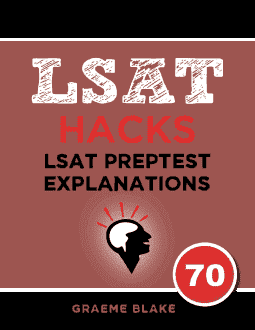Another tricky question. I found trial and error to be the most effective method. If P is out, then S is out.

Only a max of four employees can be out. So we’ve only got two employees left to place out, at most.
All of the wrong answers force three people out, which makes a total of five out. That’s one too many.
A places M and O out. M out means W is out, for a total of five out: P, S, M, O, W
B places M and T out. M out means W is out, for a total of five out: P, S, M, T, W
C places M and Z out. If M is out, then W is also out. That makes a total of five out: P, S, M, Z, W
D is CORRECT. This answer places O and T out. O being out doesn’t force anyone out.
T being out only forces S out, and S was already out on this question. Here’s the in-out diagram for this that shows this answer works:

In fact, this answer is just the main diagram, plus Z. So it obeys all the rules:

E places O and Y out. If Y is out, then W also has to go out. That makes a total of five out: P, S, O, Y, W


if P is not on the team that means S is out. If S is out, then either P or T are out. but not both. i’m not sure if i am missing anything here?
No, if S is out, that means that either one of P and T is out, or both P and T can be out. This is what it looks like when you negate:
Original: S -> T and P
Negation: ~P or ~T -> ~S
Since at least 4 people have to be in, by having S, T, and P out, you can then take O out and still have 4 people in (M, W, Y, Z).